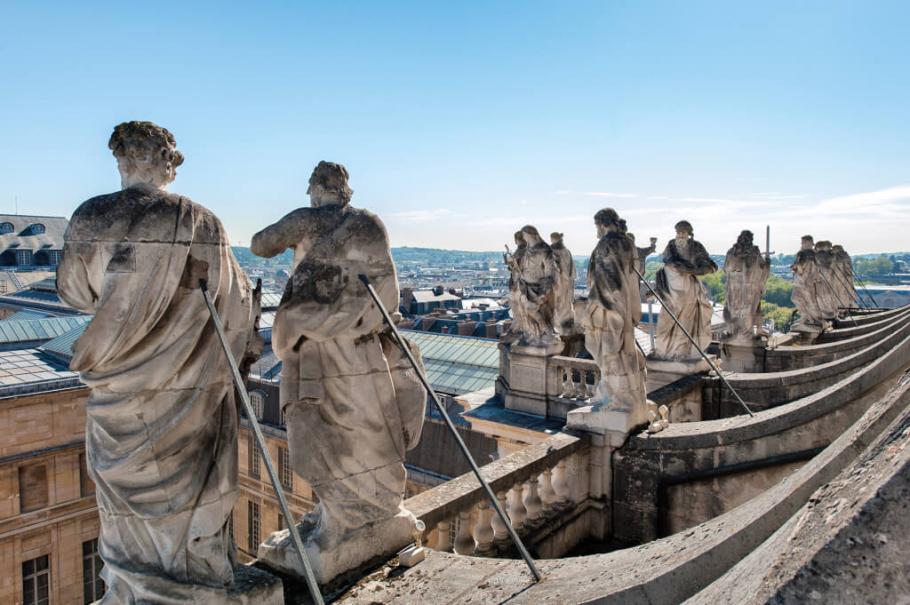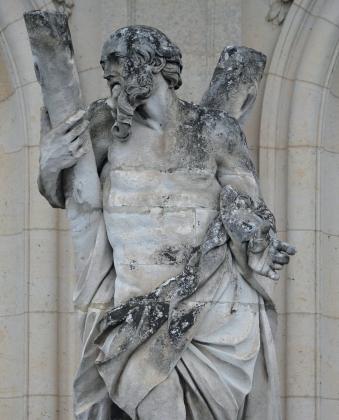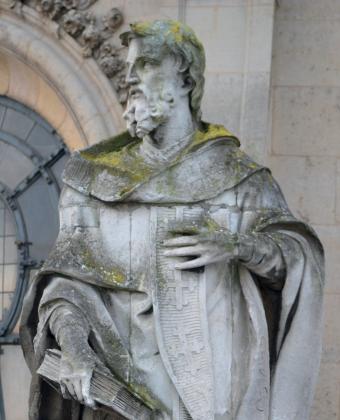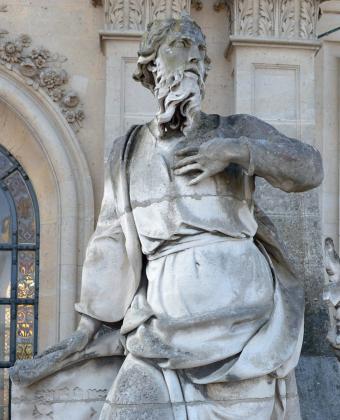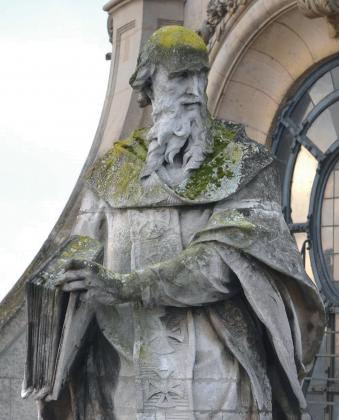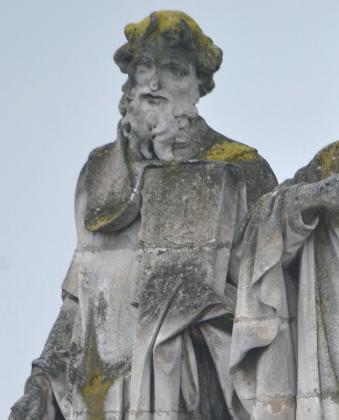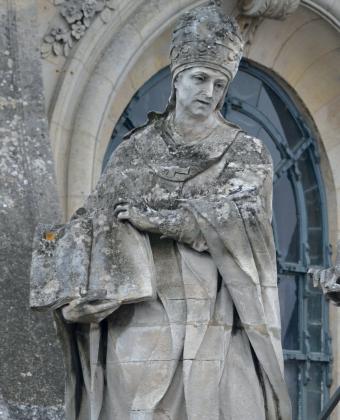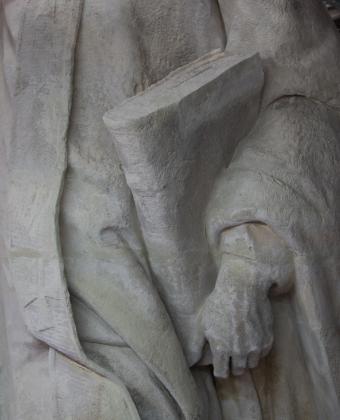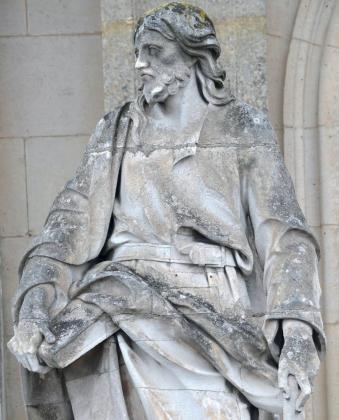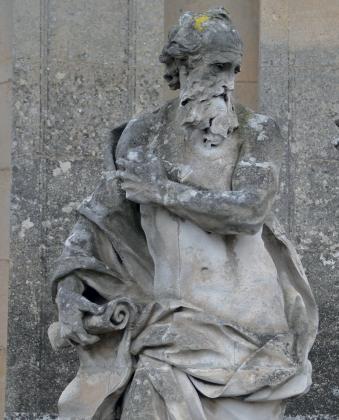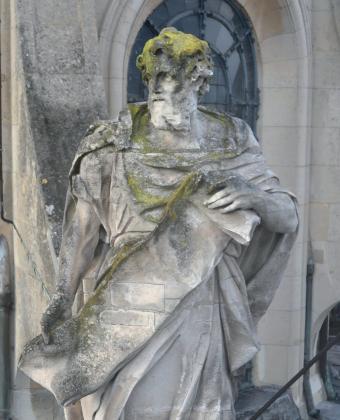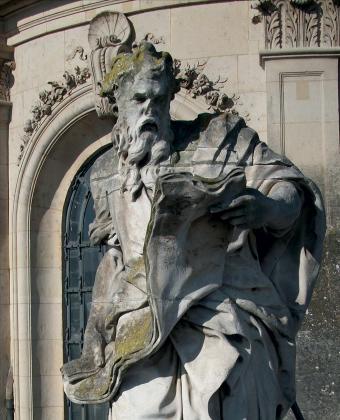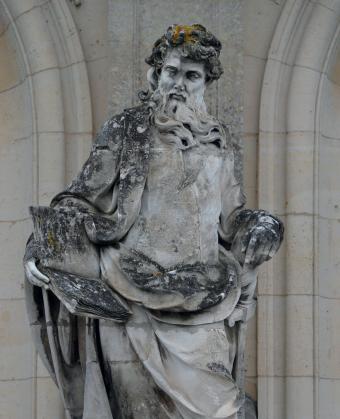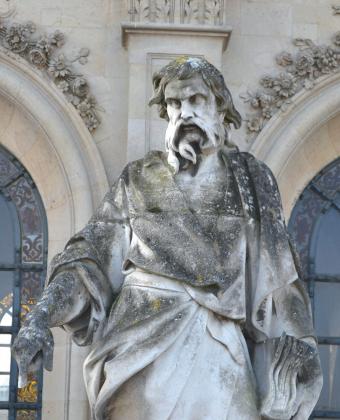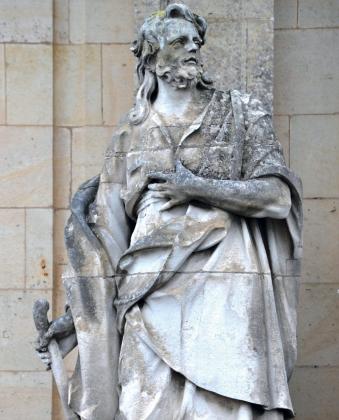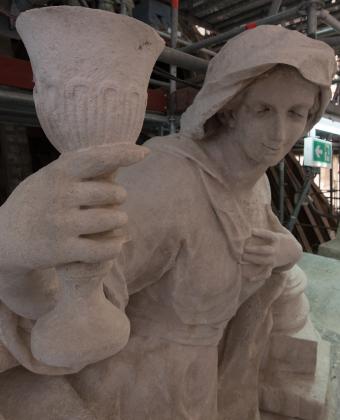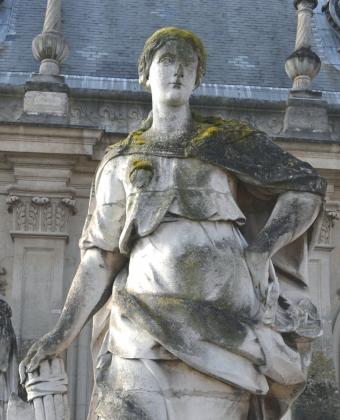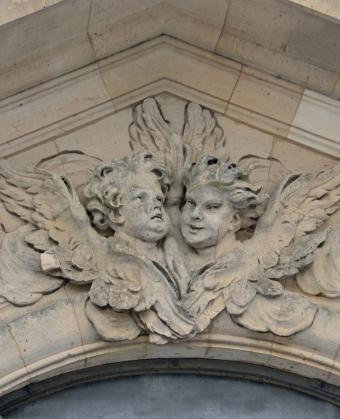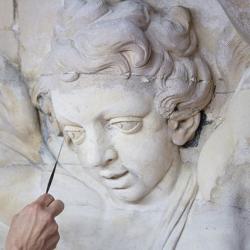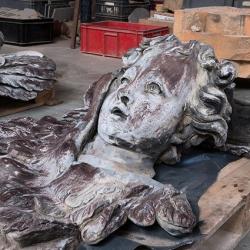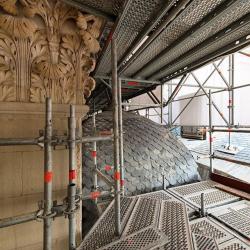The Royal Chapel has barely been modified since 1710, the date of its completion, except for the removal of a roof lantern in 1765, whose weight was severely damaging the timbers. This longevity is a testament not only to the quality of its overall architecture, but also to the choice of materials used in its construction. For example, no fewer than 10 different kinds of stone were used to build the Chapel, and its roof timbers, made entirely of oak, are among the finest in the Palace.
Nevertheless, damage over time is unavoidable. Despite a drainage system that was remarkable for its discretion and effectiveness, leaks in the roof, which is weighed down by lead decorations, are damaging the roof timber structure. On the facades that are exposed to bad weather, the ornaments and sculptures are gradually eroding. Three centuries after the inauguration of this jewel of sacred architecture, a large-scale restoration of the entire chapel is required to preserve the building’s coherence.

A giant canvas
© EPV/Thomas Garnier
In order to preserve the Palace’s aesthetic harmony and protect the Chapel from bad weather, a giant canvas was placed over the massive scaffolding. Created by artist Pierre Delavie, it features a trompe-l’oeil of the building interior from a surrealist perspective.
This extensive project to fix all the damage from deterioration over time will require a multitude of skills and professions that are essential to the preservation of heritage and artisanal traditions. Master roofers, master carpenters, stonemasons, sculptors, master glassmakers, glaziers, gilders, locksmiths, and so on will all contribute to the first large-scale renovation of this masterpiece of sacred architecture.
According to Frédérique Didier, Head Architect for Historic Monuments for the Palace of Versailles, it is hard to make occasional improvements to a building with such a unified style. “We have been debating whether to undertake this renovation for more than 20 years. […] Making comprehensive improvements, starting with the top of the monument, requires considerable means.” A project of such magnitude was only possible thanks to the support of Fondation Philanthropia and Saint-Gobain.
Follow the restoration work here




